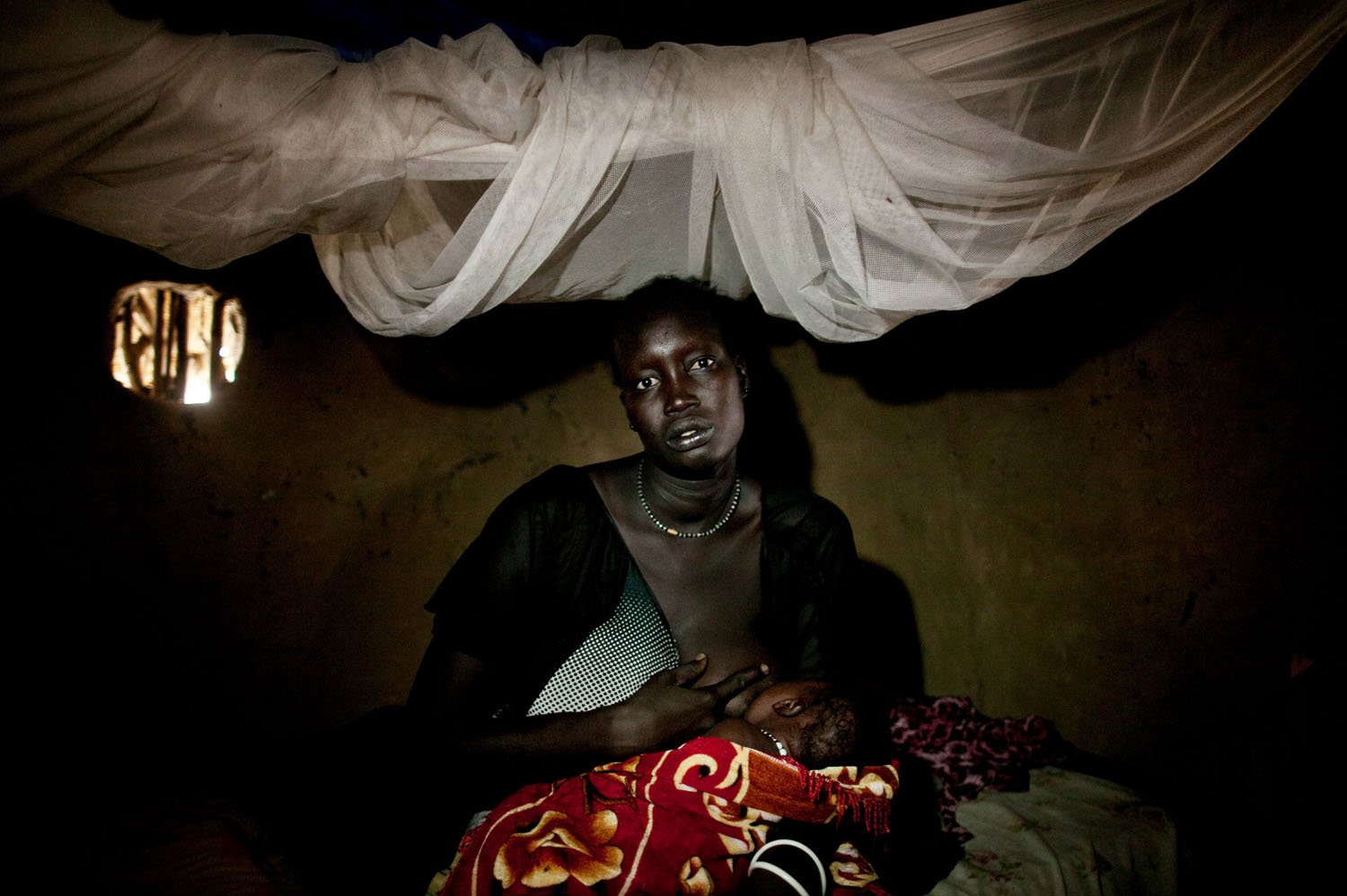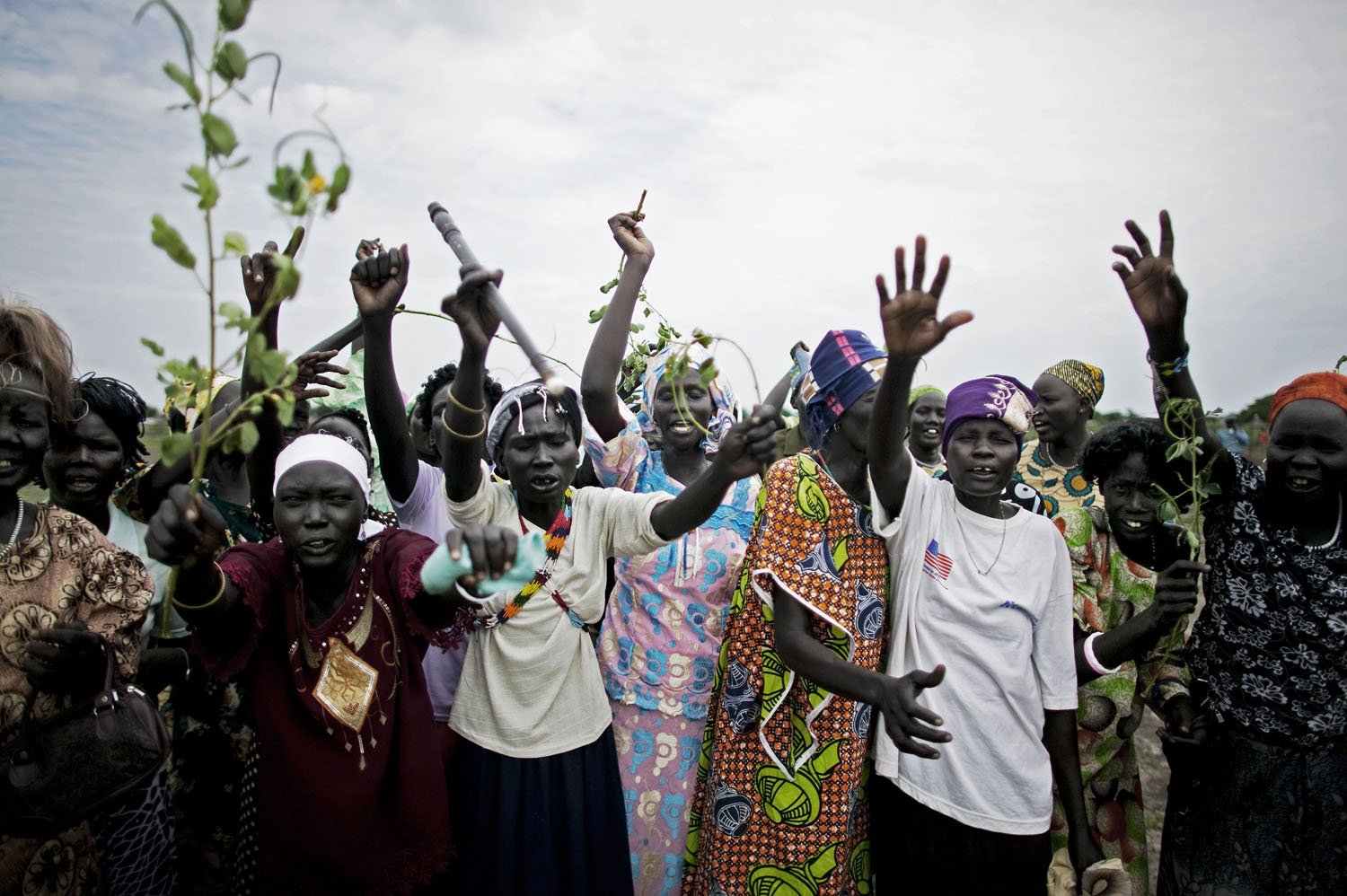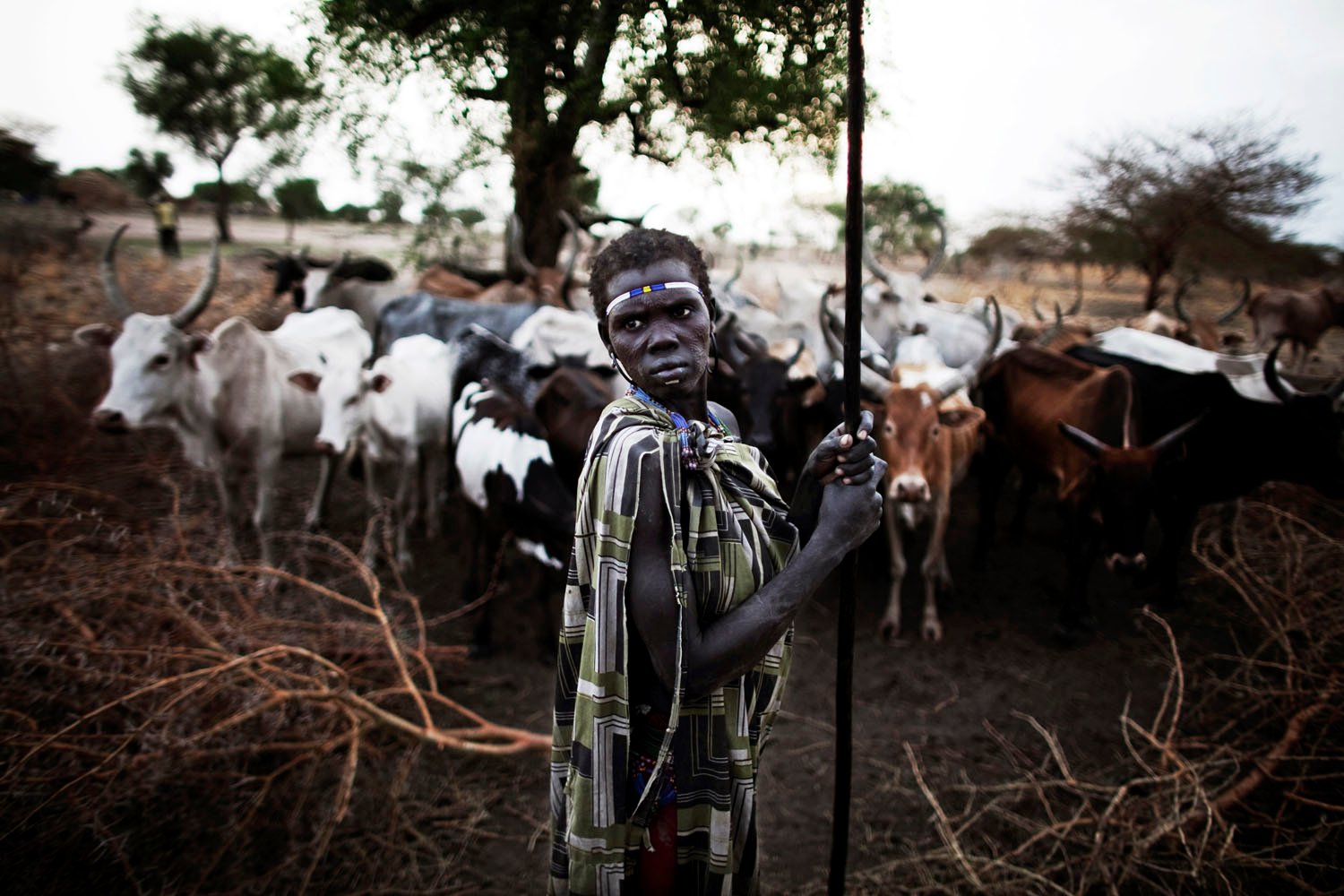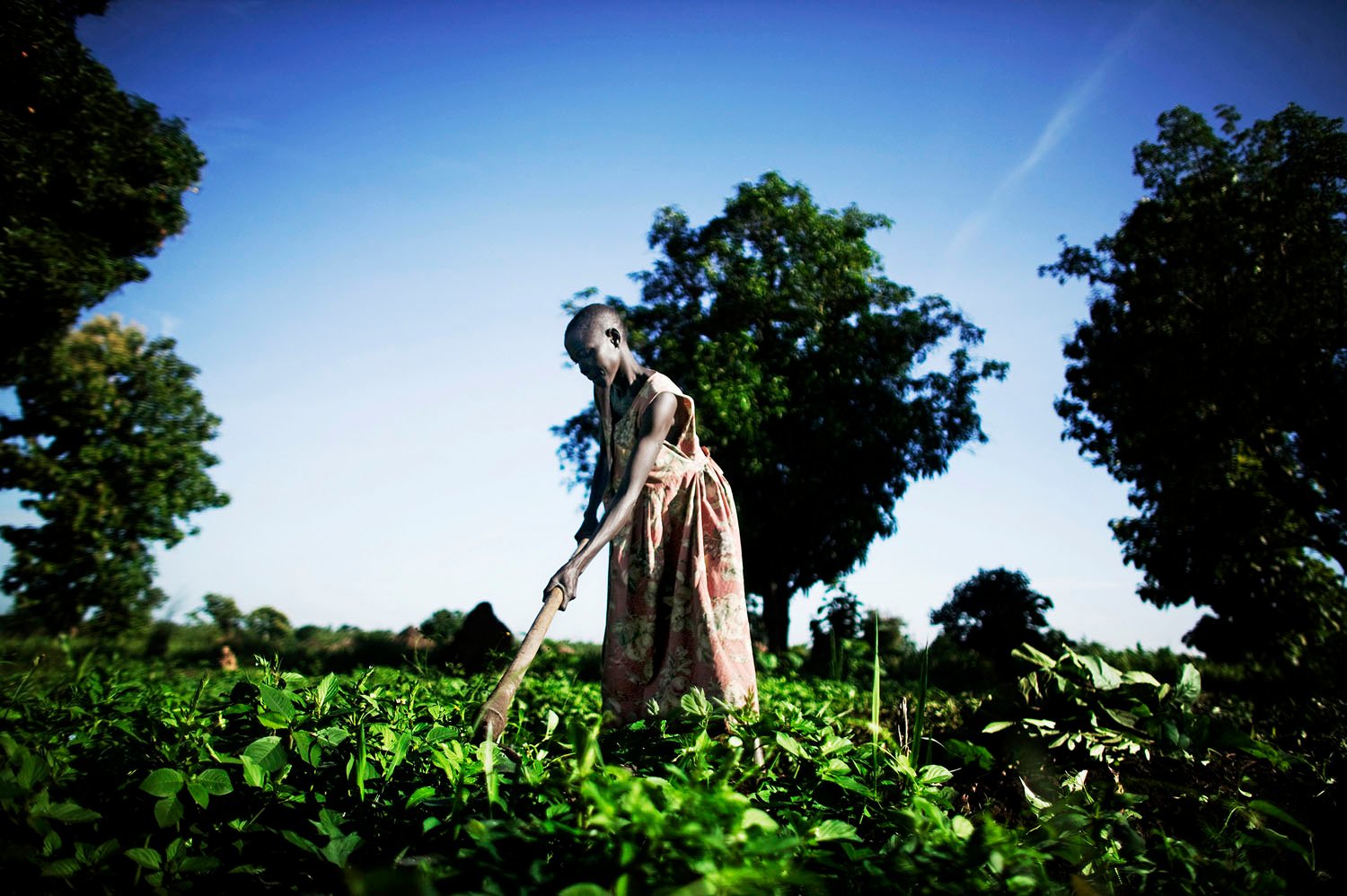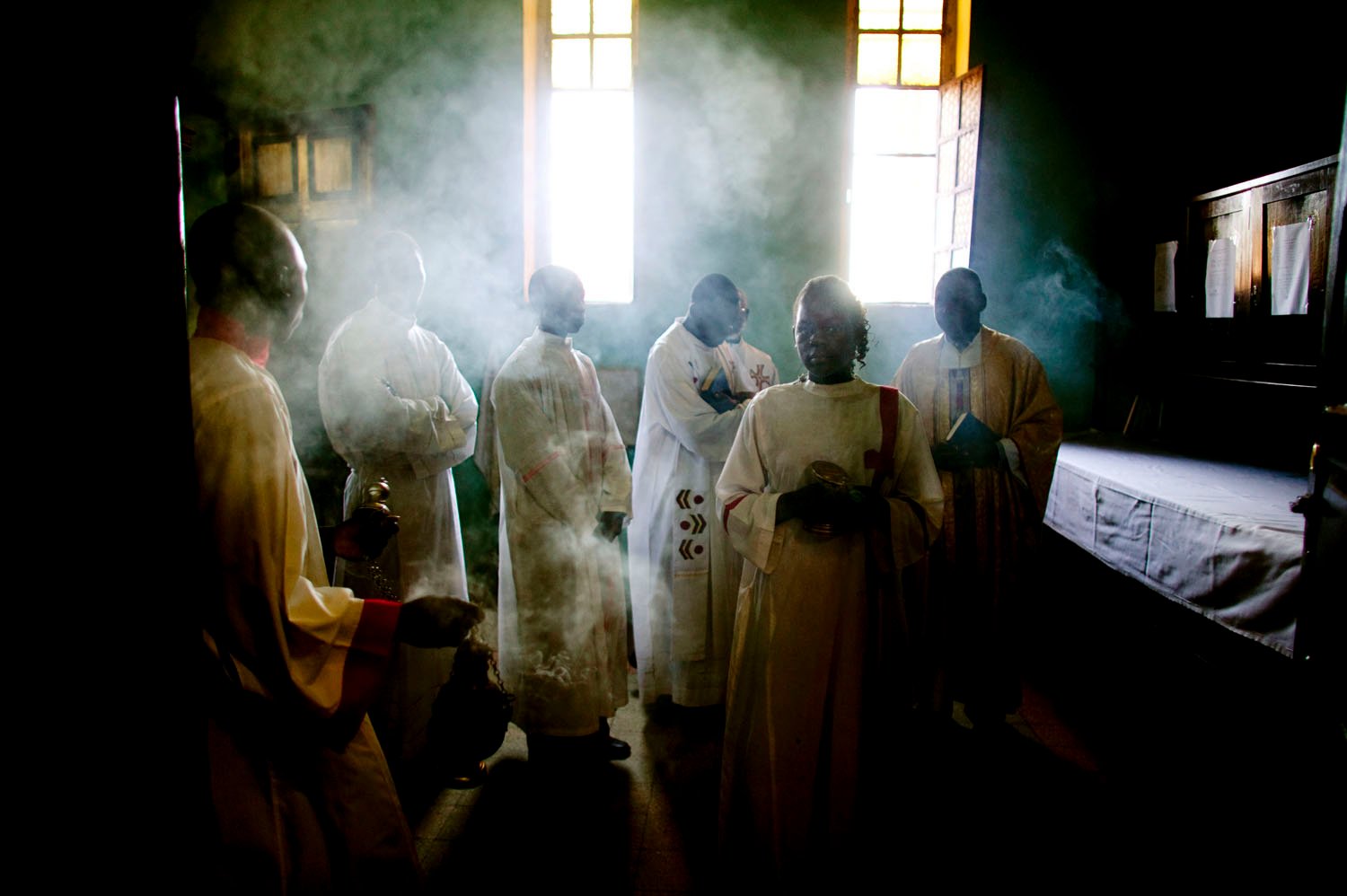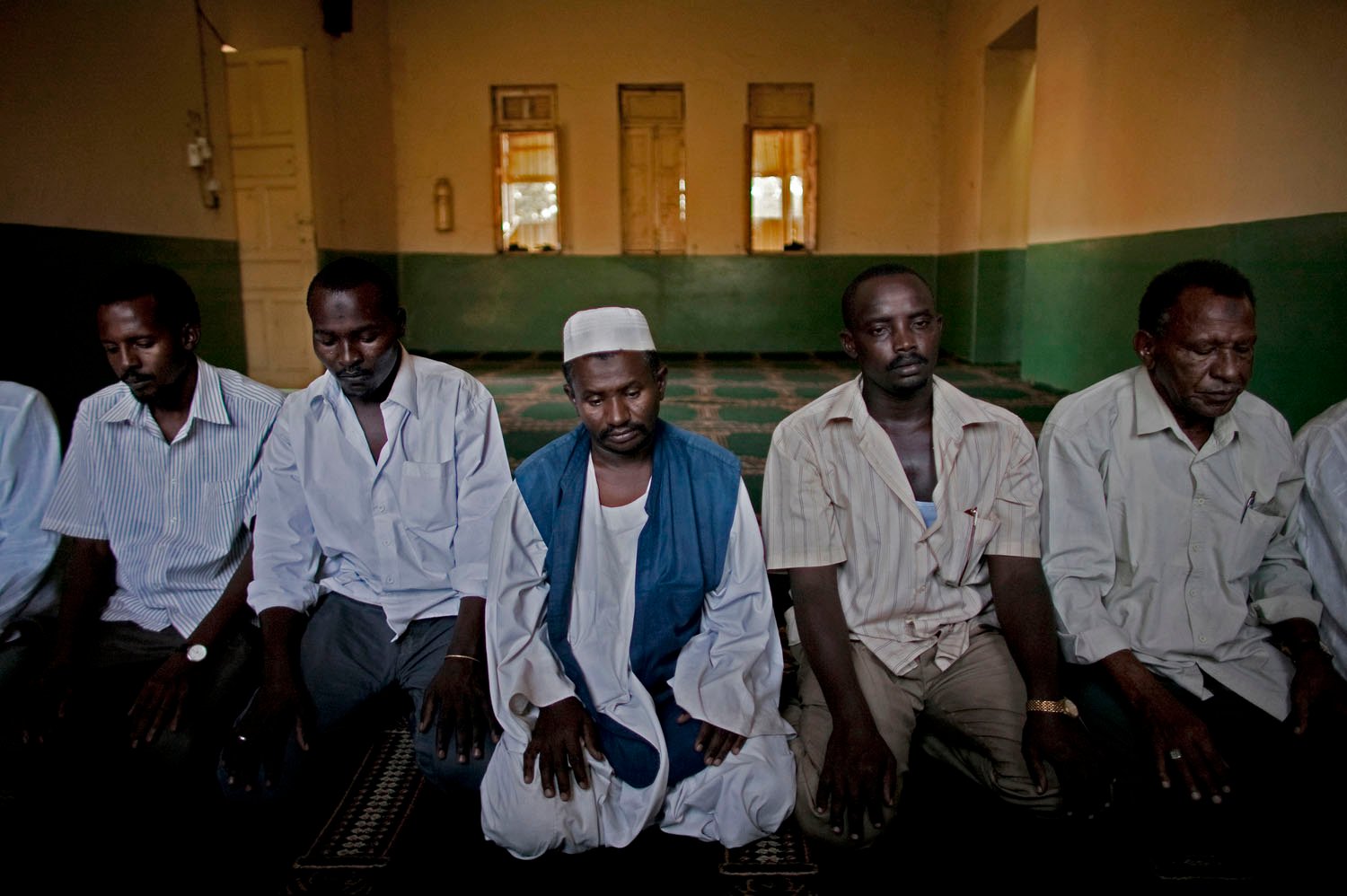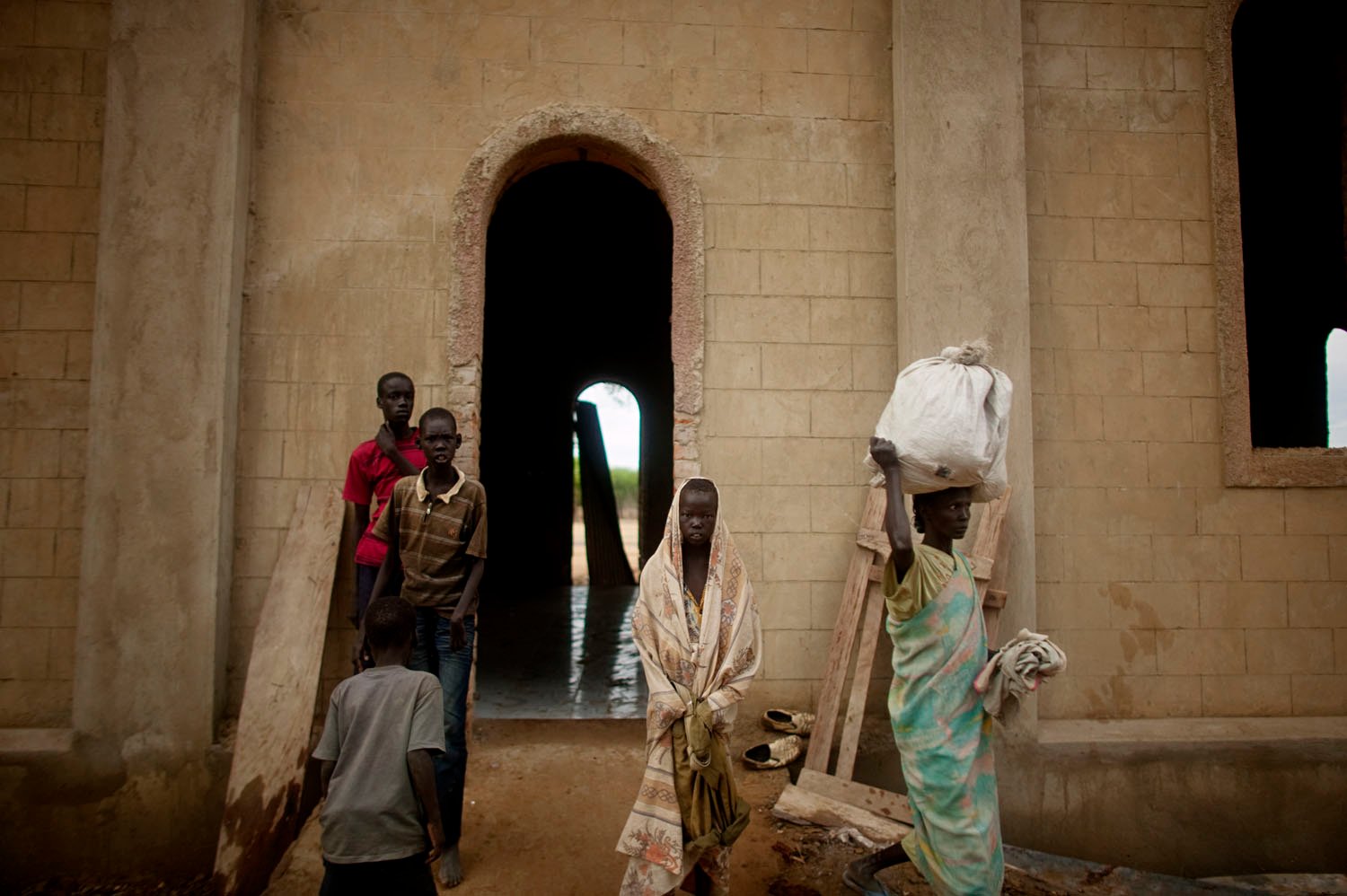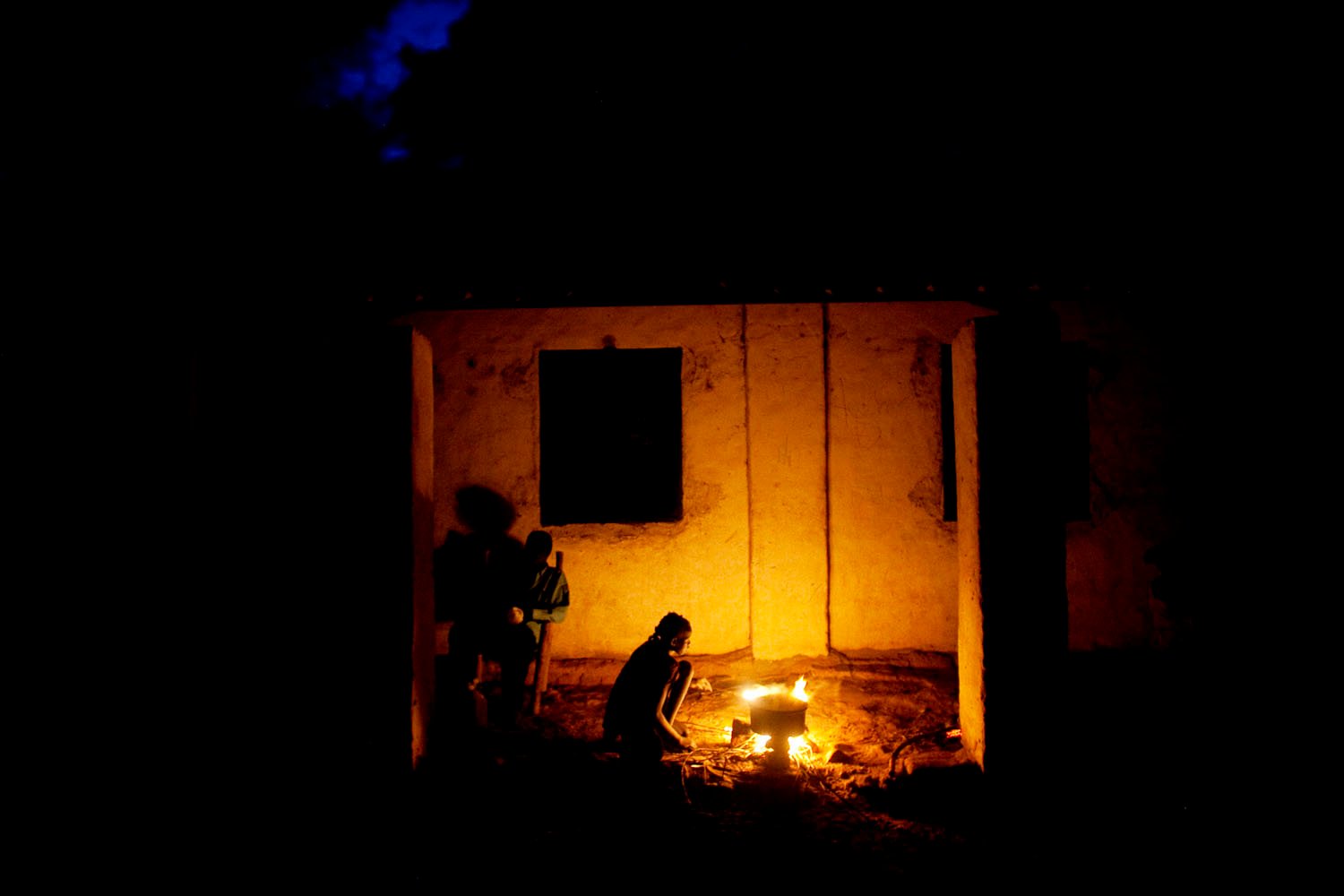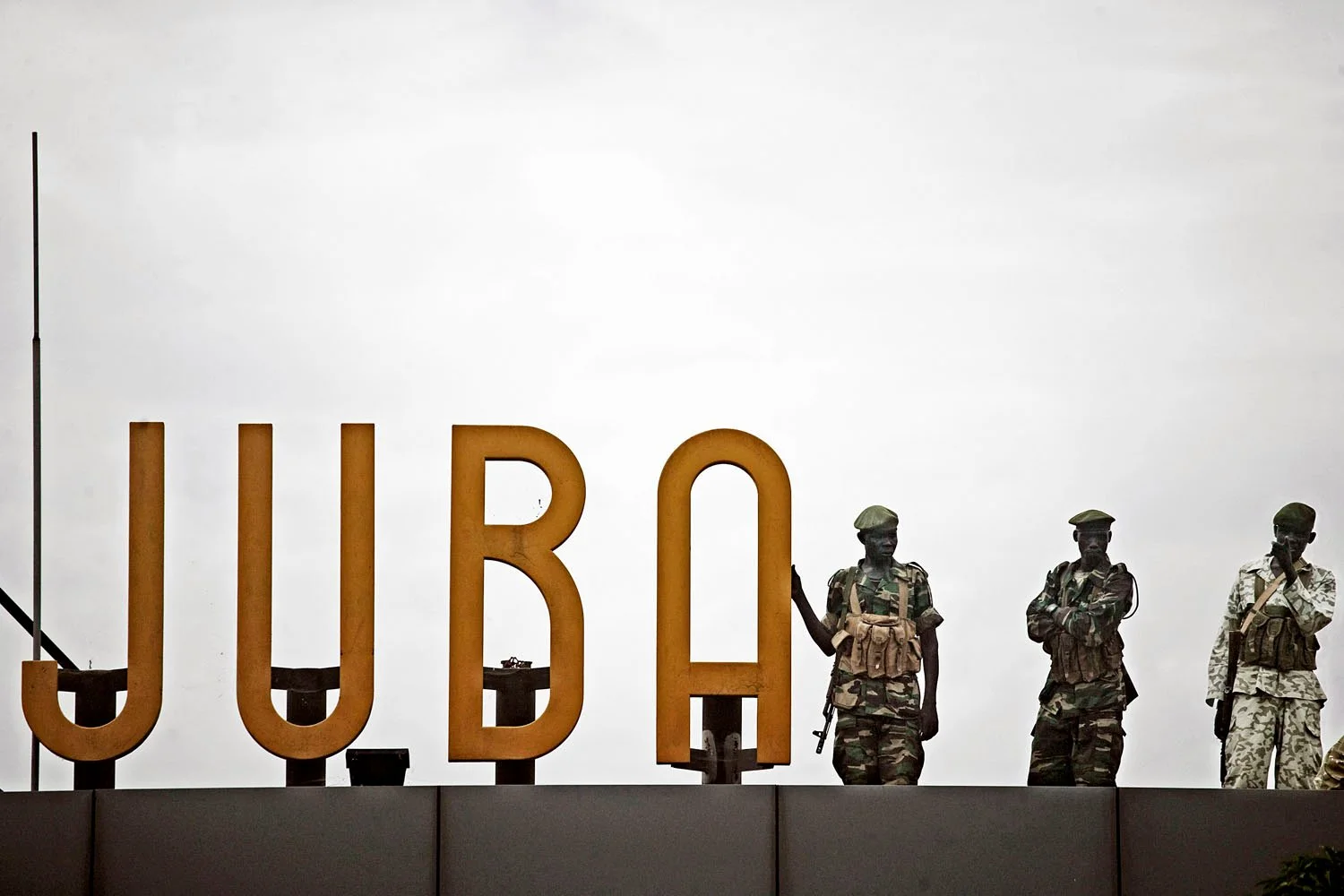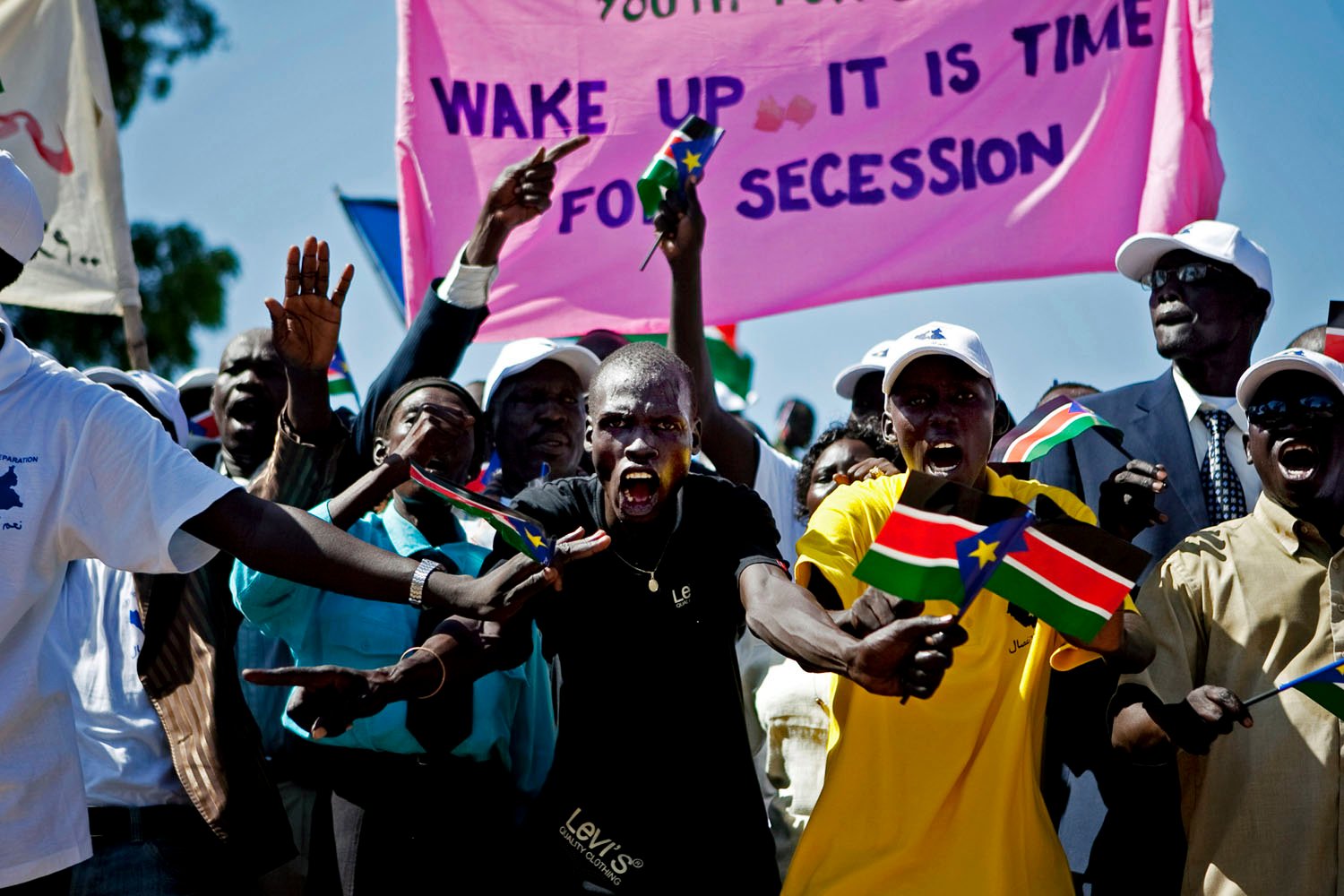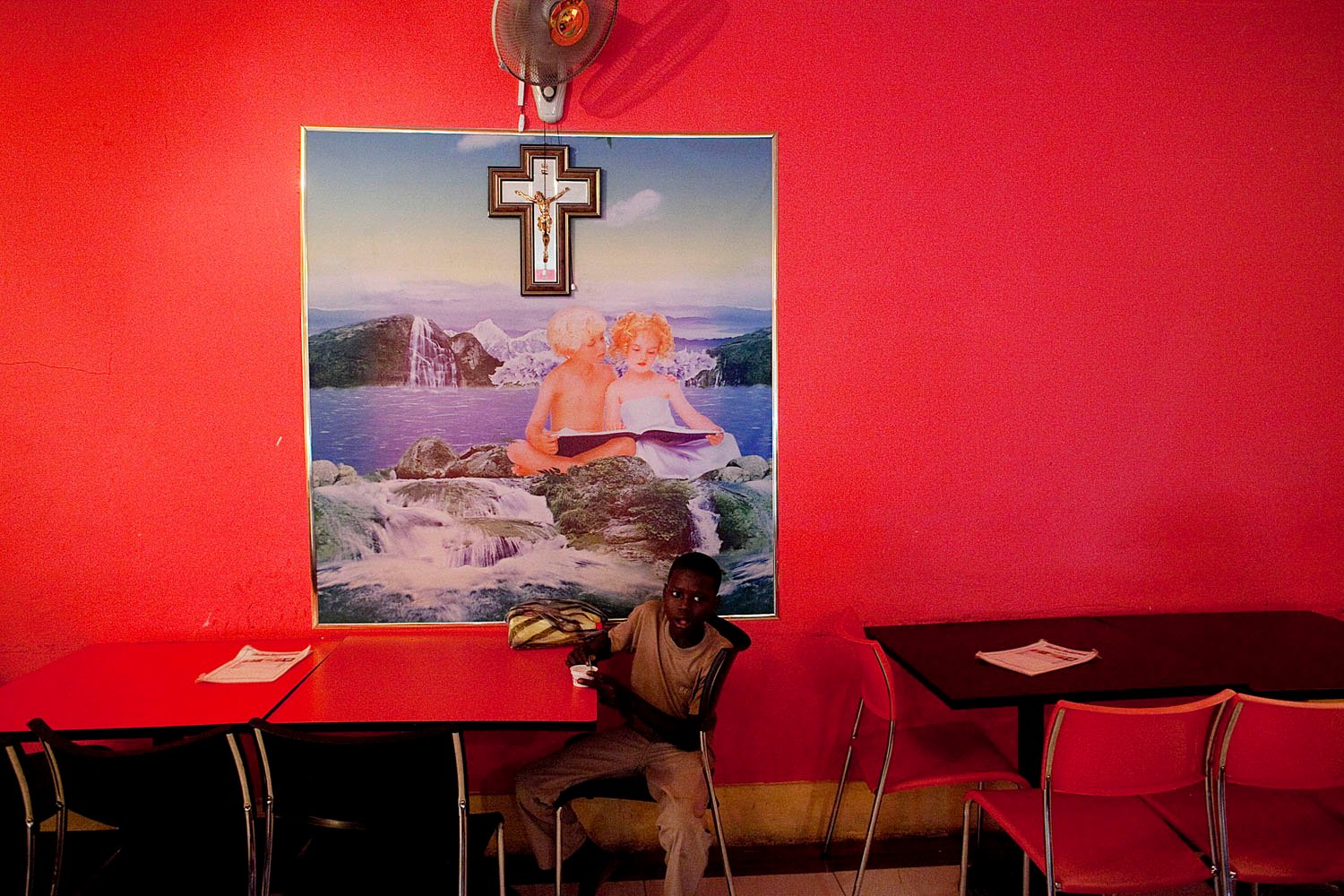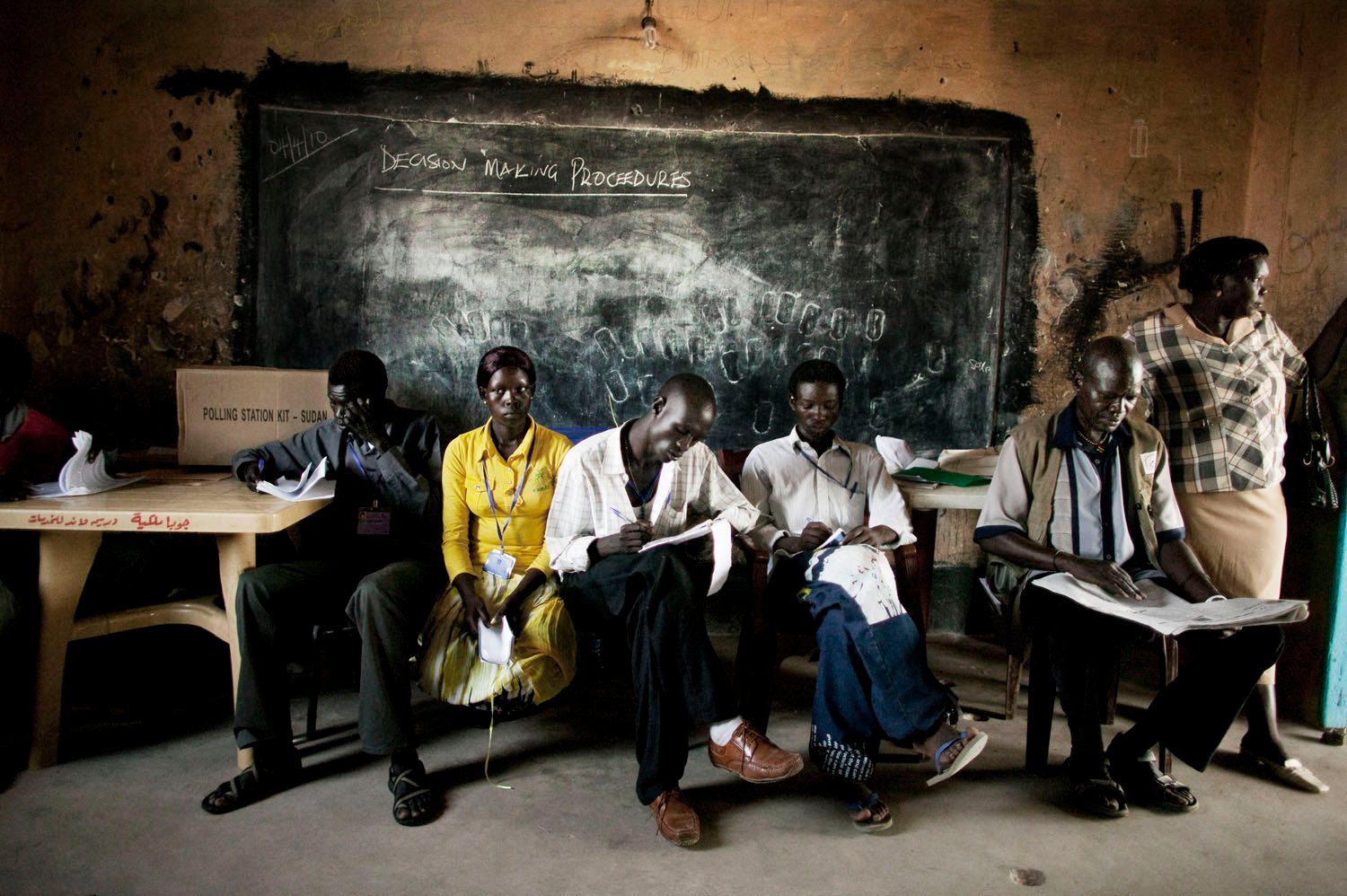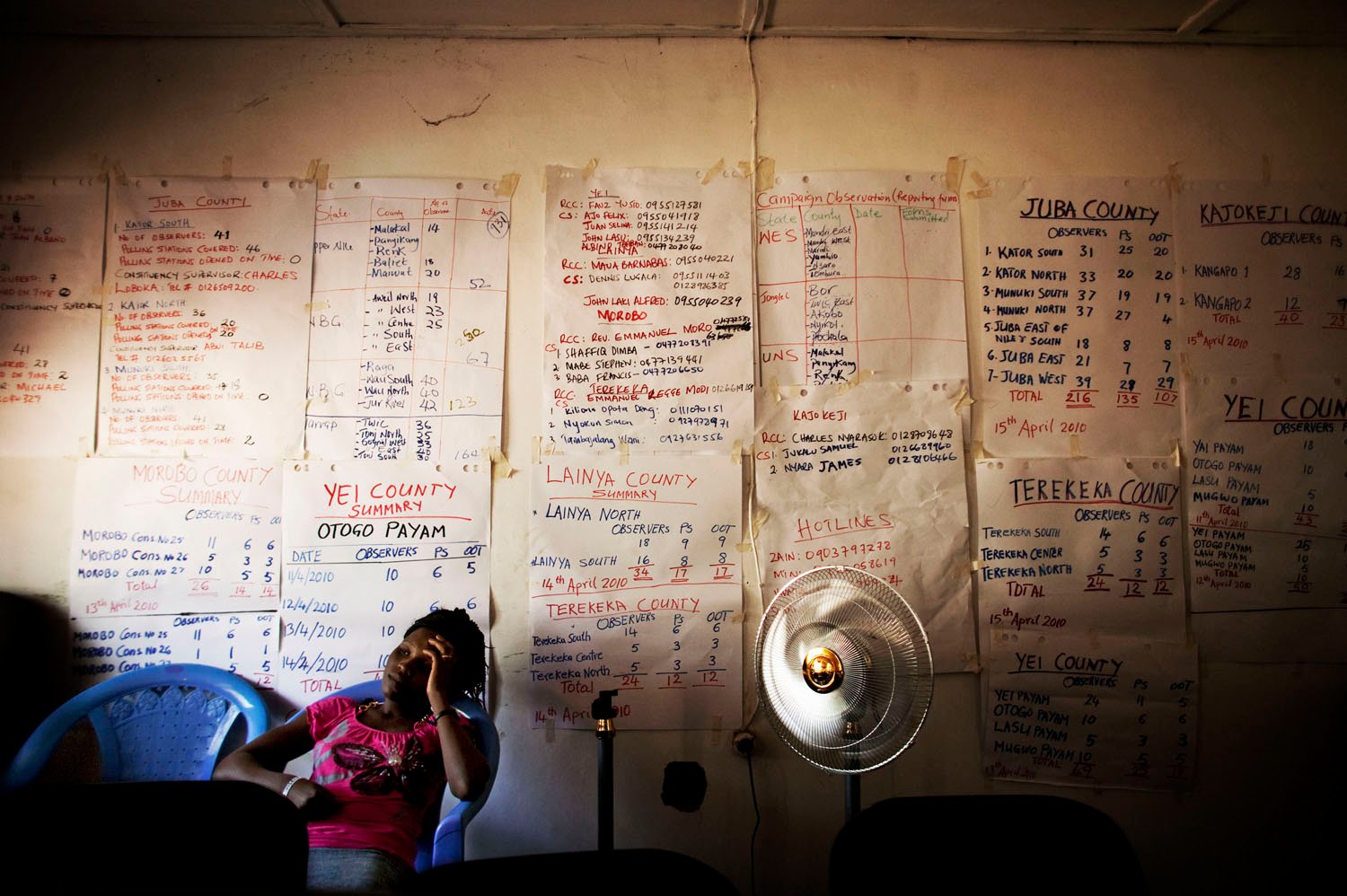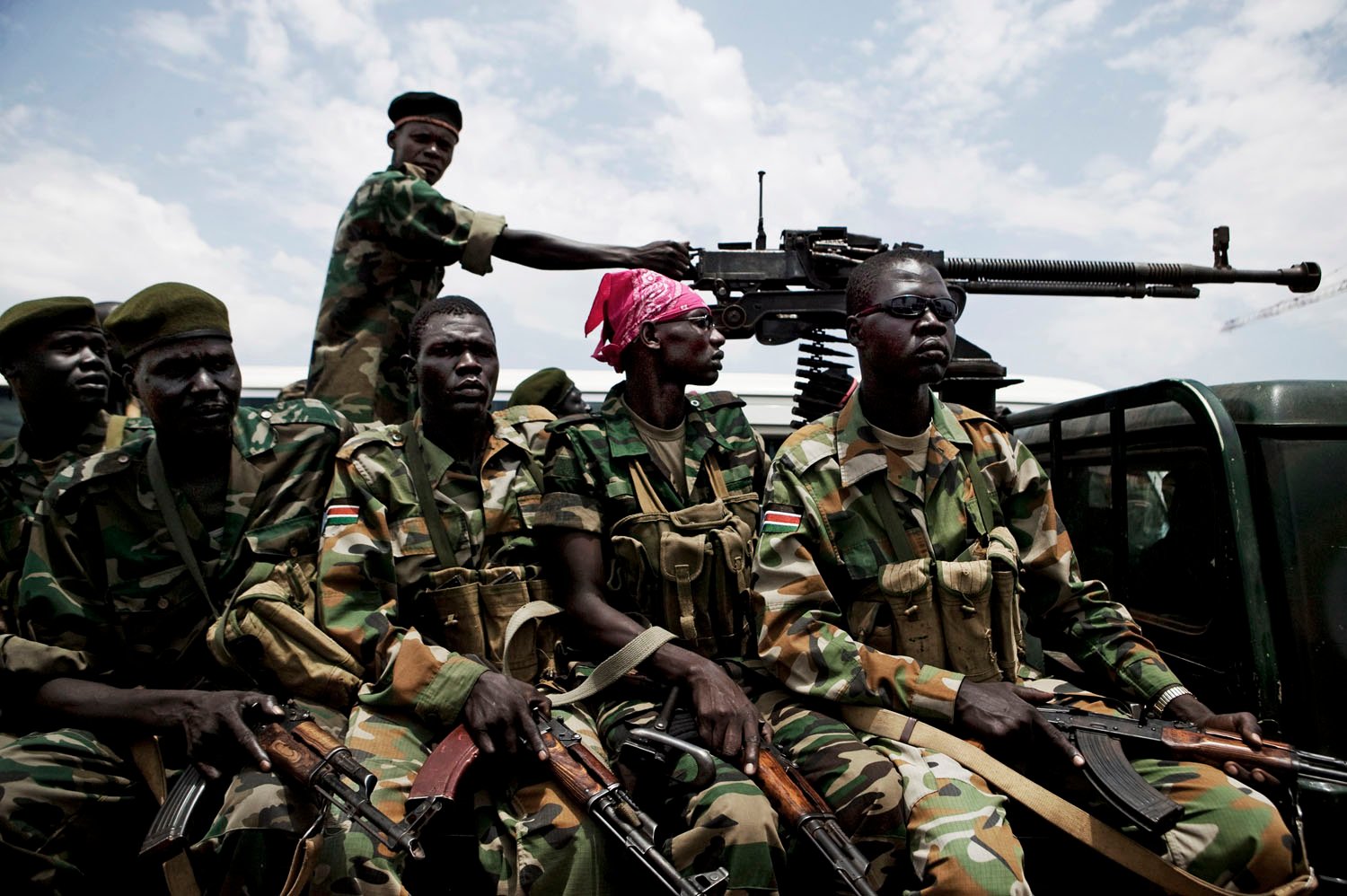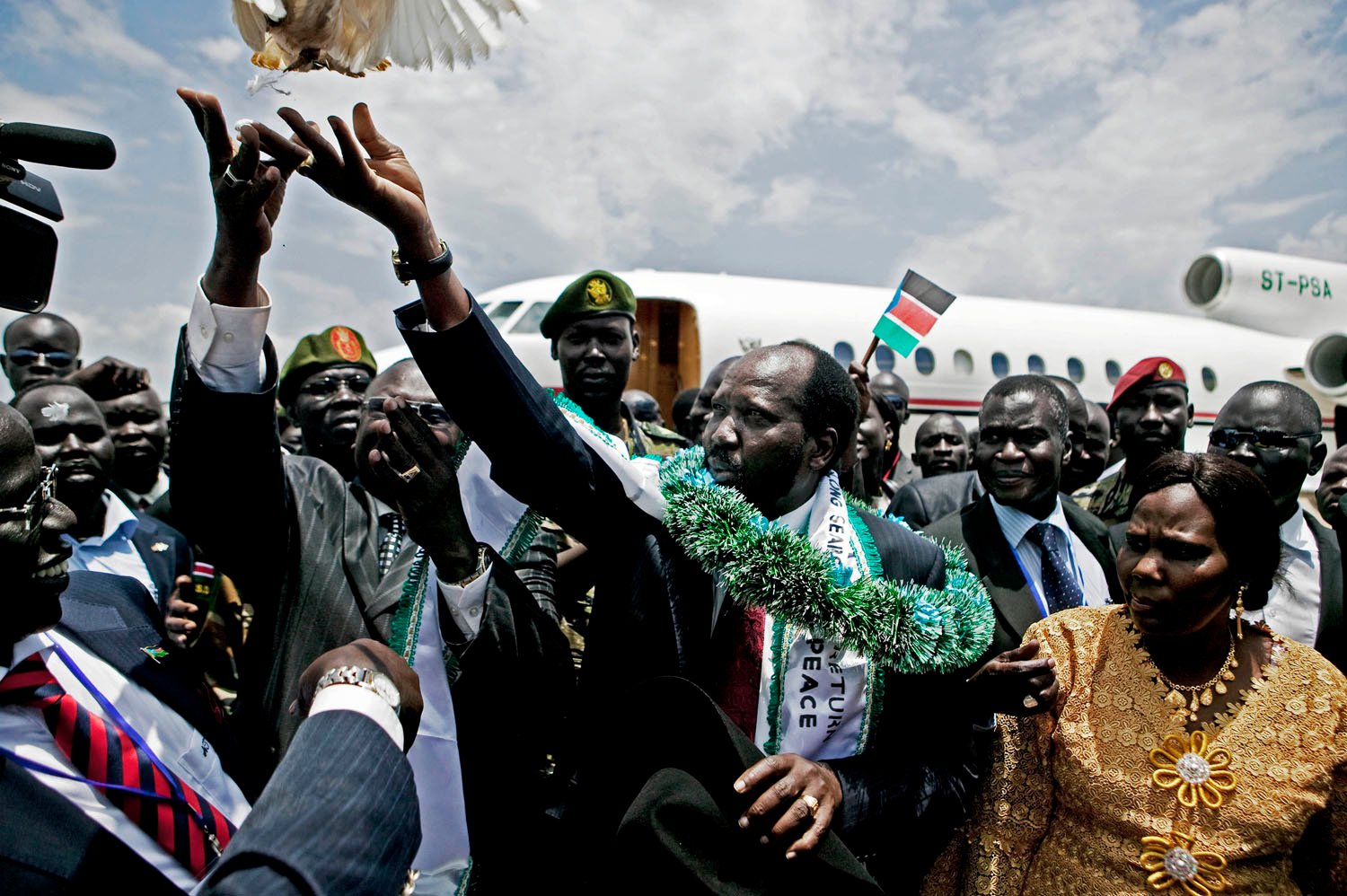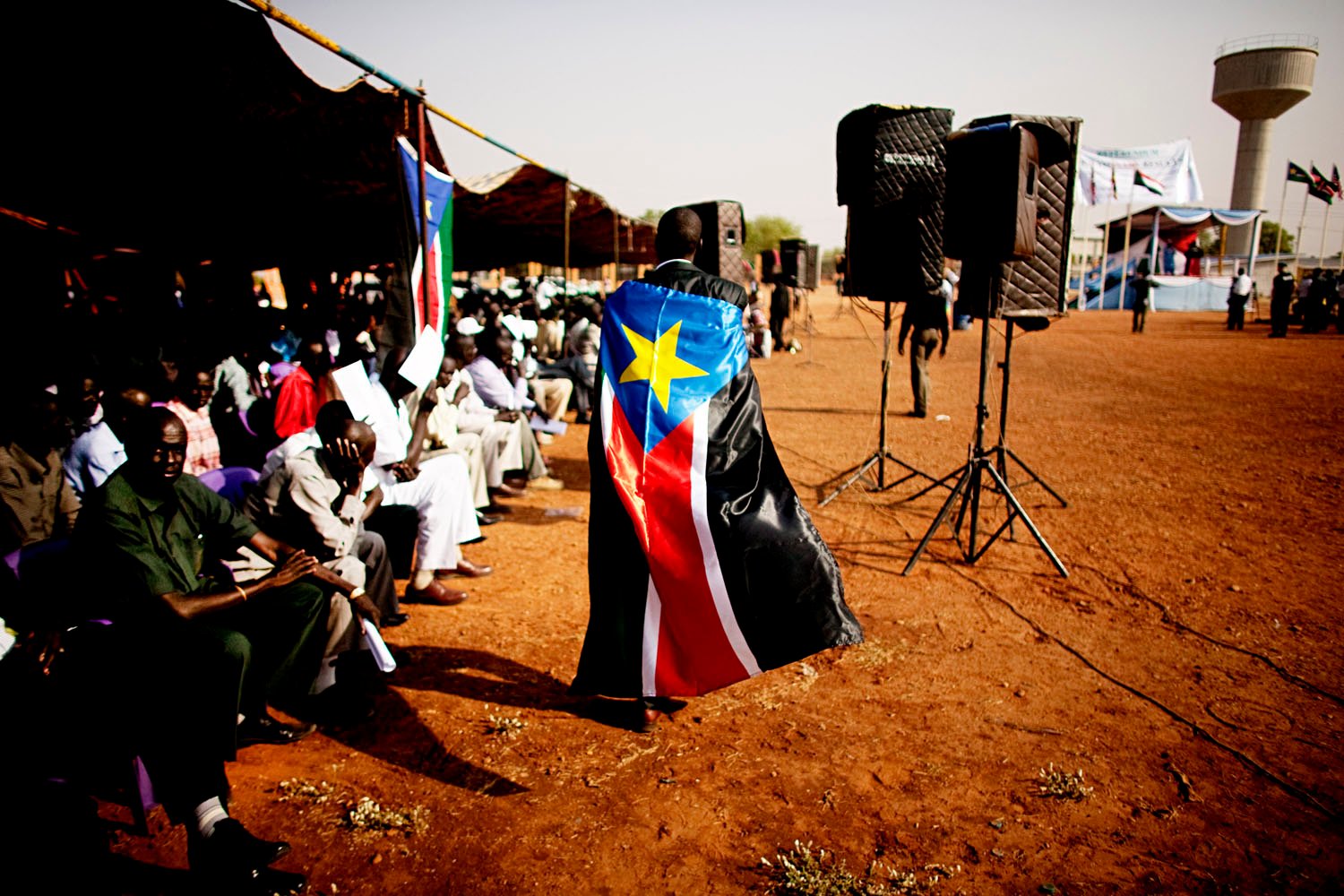PROJECTS
Into Existence: South Sudan at Independence
By Pete Muller
On July 9th, 2011, the swamps and plains of southern Sudan became the world’s 193rd country. For decades, across this vast and largely vacant landscape, unspeakable violence and devastation prevailed. More than two million people perished as southern rebels waged a 23-year rebellion against the northern government aimed at empowering the resource-rich but deeply marginalized south. In 2005, the war came to an ostensible end with an agreement that allowed for the prospect of southern independence in 2011, the same year in which the ceasefire expired.
In January of 2011, southern Sudanese voted almost unanimously for independence during a referendum on the question. The outcome solidified their course to statehood and fulfilled their long awaited dream of self-determination. While the vote generated palpable excitement, it also confirmed the daunting challenges of state building. By nearly all development indicators, southern Sudan remains one of the poorest and most conflicted places on earth. It lacks roads, schools, potable water, medical infrastructure, ports, and many other hallmarks of basic development.
Its nascent government is comprised almost entirely of former rebels, many of whom have little practical knowledge regarding institutional development and state building. Its military is a patchwork of formerly warring militias whose allegiance to the central government is, in some critical cases, questionable. Nearly ninety percent of its citizens are unable to read and write and provisions to rectify this problem are far from sufficient. Perhaps most importantly, its people remain deeply and violently divided along tribal lines and numerous armed groups are prepared to compete for shares of power in the new state.
When I arrived in southern Sudan in 2009, I did so with only a general understanding of the dynamics at play. In the almost three years since then, I have been humbled, deeply and repeatedly, by the complexity of the southern struggle and the respective identities of those who waged it. The land is vast and boasts astounding topographic, cultural and political diversity. On the basis of environment, its numerous tribes and sub-tribes have developed distinct identities that, while of continual personal intrigue, give me pause in my assessment of the future here.
For decades, the popular discourse surrounding war in Sudan has been situated in broad, north-south terms. The southerners, who are ethnically African and largely Christian, were seen as clear victims of a cruel, anti-western and strictly Islamic regime in the northern capital of Khartoum. While this framework deserves its prominence, I believe that at this critical juncture it is a dangerous obfuscation of the deadly rivalries between the southerners themselves. Throughout much of the south’s struggle against the north, localized conflicts between southern groups over territory, cattle, grazing grounds and prideful egos were a significant source of death and destruction. As the northern government often exploited internal conflicts for its own gain, much of this violence has been excused as externally concocted. These conflicts persist to devastating ends with more than 1,000 southerners having lost their lives in internal clashes between January and May 2011 alone.
The politics and posture of the south’s ruling Sudan People’s Liberation Movement (SPLM), the political wing of the rebel Sudan People’s Liberation Army (SPLA), are cause for concern. Members of the largest southern tribe, the Dinka, dominate the party and the government institutions over which it presides. The Dinkas formed the backbone of the SPLA and thus, when peace was reached and the SPLA/M became the interim government, many coveted posts were allocated to ranking Dinka commanders and token number of their non-Dinka allies. Consequently, members of the south’s numerous other tribes feel marginalized and whisperings of discontent and conflict are already in the air.
For the time being, the social glue of liberation ideology creates an identity bond between southerners. From arid pastoral plains to lush agrarian fields, across scores of languages and varied cultures, the yearning for independence was profound. The struggle for freedom and the sacrifices made to attain it define the existing national identity of the new South. I fear, however, that when the common denominator of the north becomes a thing of the past, that a new form of factionalized identity politics could prevail and that a new era of internal conflict and suffering might soon begin. I hope I am wrong.
I am humbled by and grateful for the opportunity to document this critical and complex period of South Sudan’s history. My experiences in this vast and diverse land have taught me more about the enduring challenges of nation states than any amount of academic study ever could. I hope, above all things, that the proud and determined people of this newborn Republic can find peaceful solutions to the inevitable challenges ahead. Of all the world’s people, they deserve a break.
Publications
Into Existence: Southern Sudan on the Eve of Independence, TIME Lightbox



